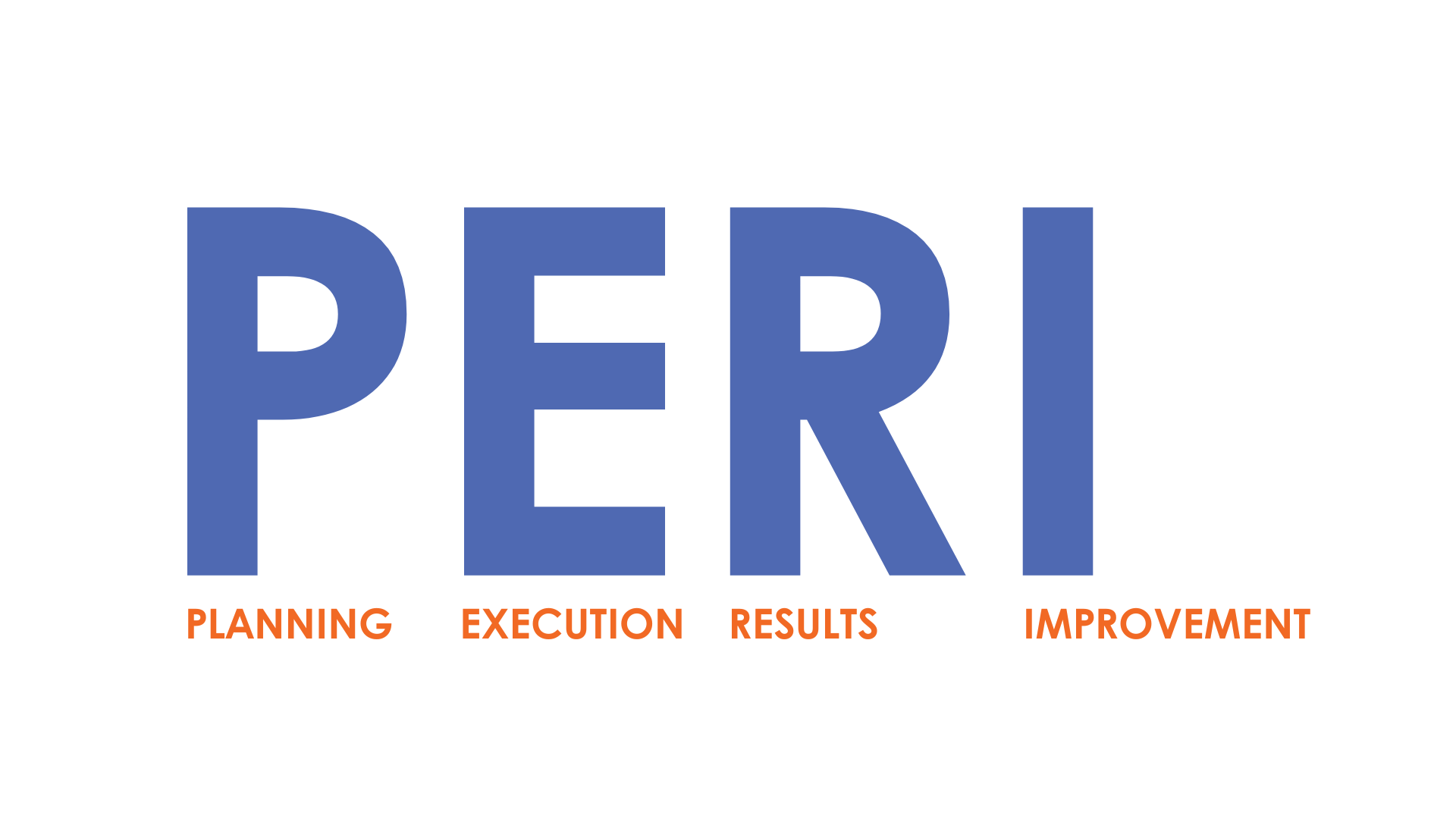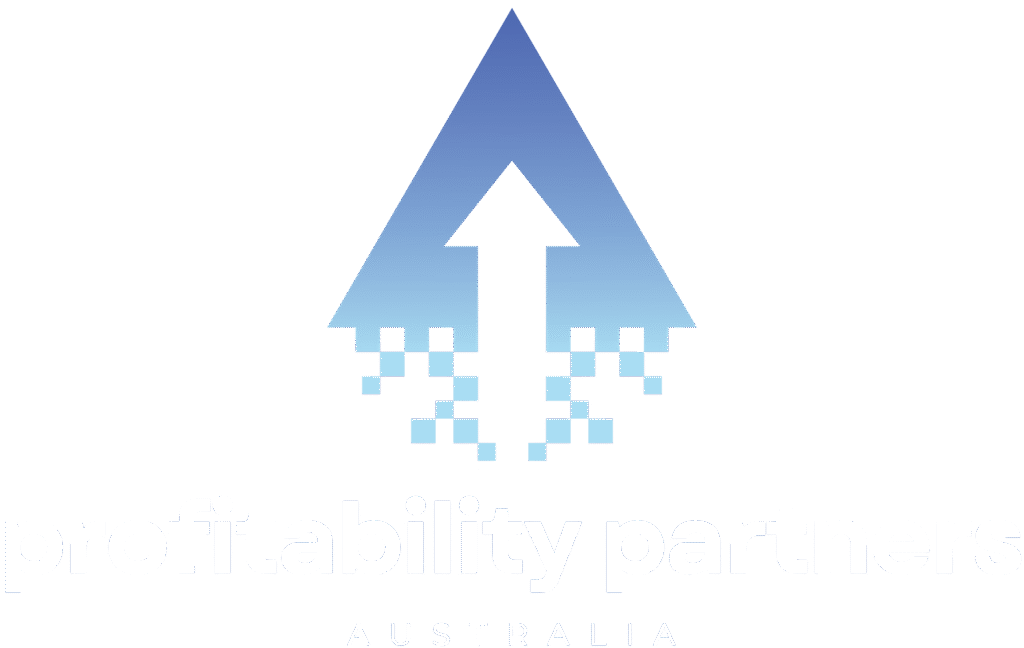Scaling a hospitality business is a complex process that requires more than just ambition, it demands consistency, accountability, and a clear strategy for managing multiple venues. For one multi-venue owner, the adoption of the PERI framework (Plan, Execute, Results, Improve) became the cornerstone of their success. It not only streamlined operations across their venues but also gave them the confidence to expand while maintaining profitability.
This owner managed four unique venues: an Irish pub, an Australian pub, a bar, and a steak restaurant. Each had different turnover levels, customer bases, and product mixes, yet they all fit seamlessly into the PERI framework. Here’s how the owner used PERI to scale their business effectively.
1. Planning: Setting the Foundation for Success
The first step in the PERI framework is planning, and for this multi-venue owner, it meant developing detailed budgets and revenue forecasts for each location.
- Using the Profitability Matrix: The owner applied the profitability matrix to each venue, identifying key benchmarks for revenue, COGS, wages, and overheads. This provided a clear understanding of each venue’s performance and highlighted areas needing improvement.
- Tailored Budgets: Each venue had unique characteristics. The Irish pub underwent a renovation, doubling its seating capacity and creating new revenue potential from food sales. Meanwhile, the Australian pub focused on high-quality food and beverage sales, the steak restaurant required precise food cost management, and the bar relied on its high beverage turnover.
- Unified Goals: KPIs were set for each venue, ensuring that managers and head chefs knew what success looked like and had a roadmap to follow.
Key Insight: Strong planning ensured each venue had a solid financial foundation and a clear direction.
2. Execution: Empowering Teams to Take Action
Execution is where plans are brought to life, and the owner relied on their managers and head chefs to drive this phase.
- Empowering Leaders: The PERI framework emphasized giving managers and head chefs autonomy to execute strategies, such as managing rosters, tracking sales, and controlling costs.
- Cross-Venue Comparisons: Consolidated reporting allowed the owner to compare the performance of each venue, creating a sense of healthy competition. Managers and head chefs wanted their venue to perform the best, which drove greater focus on execution.
- Weekly Coaching Sessions: Regular improvement sessions were held with managers and head chefs to review how well they were executing plans and to address any challenges in real time.
Example: At the Irish pub, the renovation doubled its food capacity, and the team focused on maximizing the opportunity. They revamped the menu, improved food service efficiency, and marketed the expanded dining area to attract more guests. As a result, food sales doubled, and beverage sales also grew as more patrons stayed for drinks.
Key Insight: Clear execution ensured that each venue’s team took ownership of their goals, driving consistent results.
3. Results: Monitoring and Measuring Performance
The results phase allowed the owner to assess progress and identify areas for improvement, using weekly and monthly profitability reports.
- Tracking KPIs: Sales, wage percentages, and COGS were monitored across all venues to ensure each location was on track.
- Immediate Adjustments: When results didn’t meet expectations, quick adjustments were made, such as refining marketing strategies, adjusting rosters, or renegotiating supplier contracts.
- Encouraging Accountability: Regular review meetings kept managers and head chefs accountable for their numbers, fostering a culture of transparency and continuous improvement.
Example: At the Australian pub, the high-quality food strategy paid off, as the venue saw an increase in repeat business and a boost in beverage sales. Meanwhile, the Irish pub’s renovation results were closely monitored to ensure costs stayed in line with the increased revenue.
Key Insight: Measurable results provided a clear picture of each venue’s performance, guiding future decisions.
4. Improvement: Turning Insights Into Action
The final phase, improvement, focused on using data from the results phase to refine operations and boost performance.
- Implementing Changes: The Irish pub introduced specials to capitalize on the new dining space, while the Australian pub continued refining its menu and upselling beverage options.
- Focus on Growth: The owner used insights from the matrix to invest in underperforming areas, such as increasing staff training to improve efficiency at the steak restaurant and introducing targeted promotions at the bar.
- Scaling With Confidence: The owner replicated improvements across venues, ensuring that new acquisitions followed the same structured approach to profitability.
Key Insight: The improvement phase ensured that each venue evolved over time, turning challenges into opportunities for growth.
How PERI Is Guiding Expansion Decisions
With the PERI framework firmly in place, the owner gained confidence in their ability to scale their business. Recently, they reviewed the financials of two additional pubs as potential acquisitions.
- Evaluating Opportunities: Both pubs had reasonable revenue levels, and rent was around 9%, aligning with industry standards. However, the profitability matrix highlighted inefficiencies in wages, COGS, and overheads, which had led to significant losses.
- Identifying Potential: Despite the losses, the matrix and the owner’s experience with PERI revealed that both pubs could become profitable with better management and cost control.
- Making an Offer: Confident in their ability to implement improvements, the owner submitted offers on the pubs. While the acquisitions are not yet finalized, the owner sees these venues as opportunities to apply PERI and replicate the success achieved at their existing locations.
The owner told me, “I’m very confident in expanding now that my managers really understand the numbers and how to improve. Everyone is on the same page, results are known quickly, everything is planned, and improvement is always the focus.” This clarity has turned the expansion process into an exciting opportunity, rather than a daunting challenge.
Key Insight: The PERI framework provided the clarity and structure needed to make informed decisions about expansion.
A Framework for Sustainable Growth
The PERI framework gave this multi-venue owner the tools to scale their business while maintaining profitability and consistency. By breaking down operations into four manageable phases: Plan, Execute, Results, Improve. The owner could identify opportunities, address inefficiencies, and replicate success across multiple locations.


